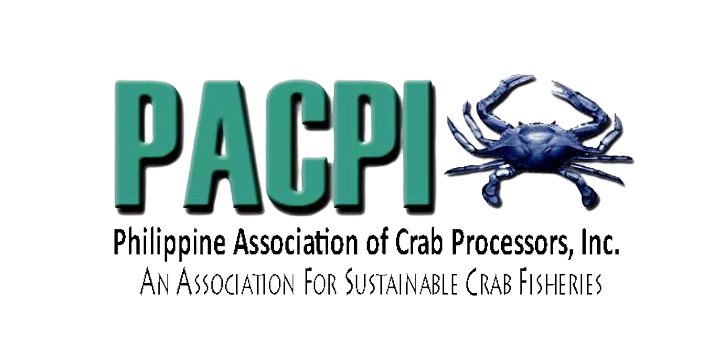About Philippine Association of Crab Processors, Inc.
The Philippine Association of Crab Processors, Inc. (PACPI) is a group of Blue Swimming Crab (BSC) processing and exporting companies that operates mainly in the Visayan region. The association was founded in May 2009 in an effort to foster good relationship among crab processors and support initiatives promoting BSC sustainability in the country. At present, PACPI is composed of 5 major companies operating in the Philippines, namely Central Seafoods, Inc., Phil-Union Frozen Foods, Inc., RGE Agridev Corp., Blue Star Food Products and Millenium Ocean Star Corp.
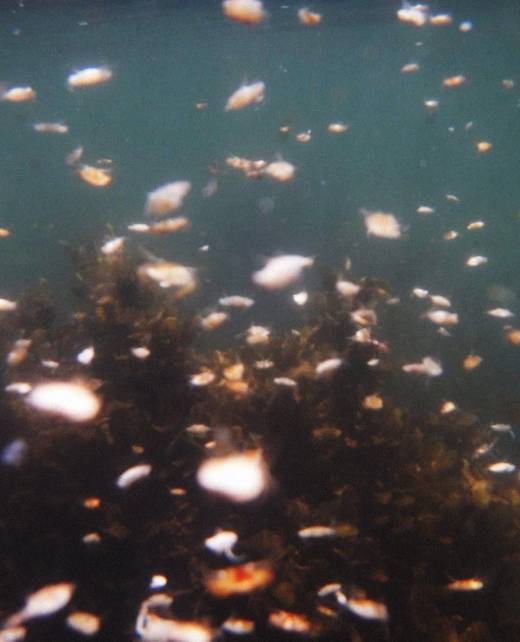
It starts with setting Goals.
Our Goals
PACPI seeks to develop the common good and well-being of the blue swimming crab industry through collaborative work with government institutions and academe, integrated approach to industry sustainability with various stakeholders, active information and education campaign (e.g. press releases, community visits), achievement of harmonious relationship among members and development of projects that could help protect and enhance the existing supply of BSC in the Philippine waters.
Partnership and Support
PACPI obtains its financial support mainly from the US-Based National Fisheries Institute Crab Council. Member companies are also actively contributing to the implementation of BSC sustainability projects. Technical support is drawn from various partners in the government, academe and in other research and non-government organizations.
Fisheries Improvement Projects (FIPS)
Continuous development of the blue Swimming Crab fisheries resources and practices through a multi-stakeholder consortium. Our projects are based on the Marine Stewardship Council- Sustainable Standards that focus on sustainable fish stocks, minimizing environmental impacts, and effective fisheries management.


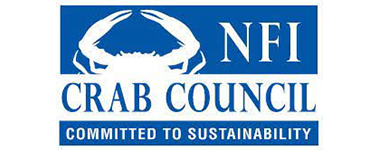







Our Services
The Philippine Association of Crab Processors, Inc. (PACPI) extends a range of services include advocacy for industry-friendly policies, facilitating networking opportunities among members, organizing educational initiatives to enhance industry knowledge and skills.
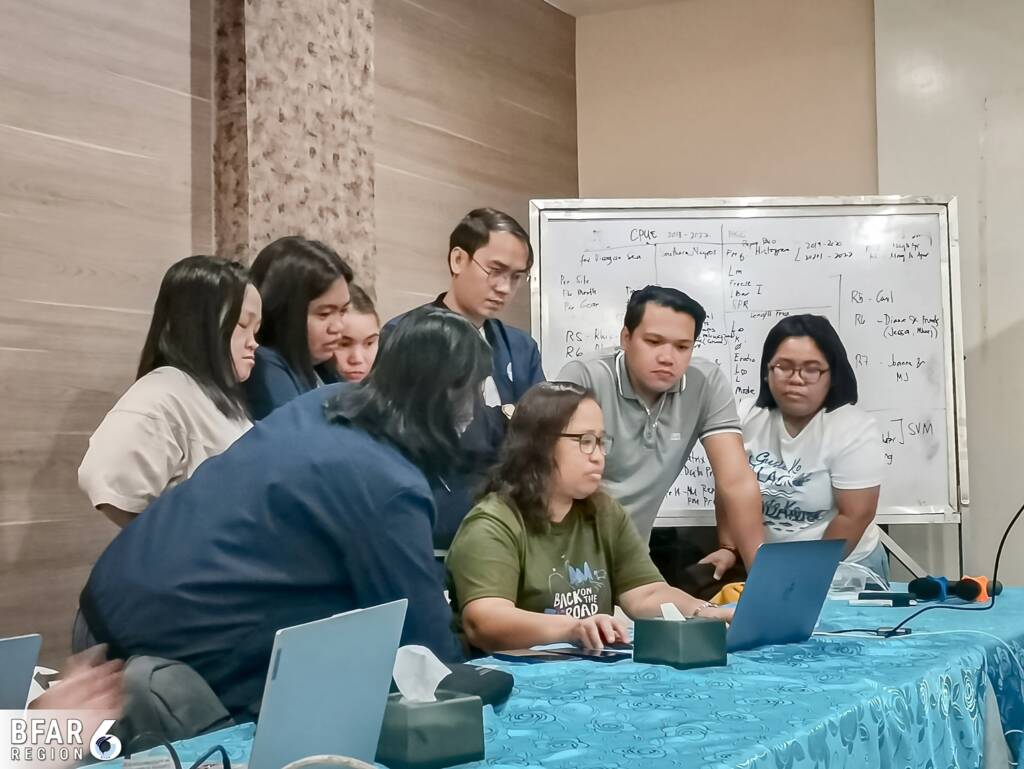
Ensure the productive capacities of resources are maintained at high levels and are not sacrificed in favor of short-term benefits
The PACPI should strive to ensure that the resources involved in crab processing, including but not limited to crab stocks, processing facilities, and workforce, are managed in a manner that promotes sustainability and long-term growth.

To assess and restrain the impacts of the fishery on the environment
The PACPI should actively engage in assessing the environmental consequences of crab processing and fisheries activities in the Philippines. This assessment may involve studying the impact of fishing practices, such as crab harvesting and processing methods, on marine ecosystems, biodiversity, and overall environmental health.
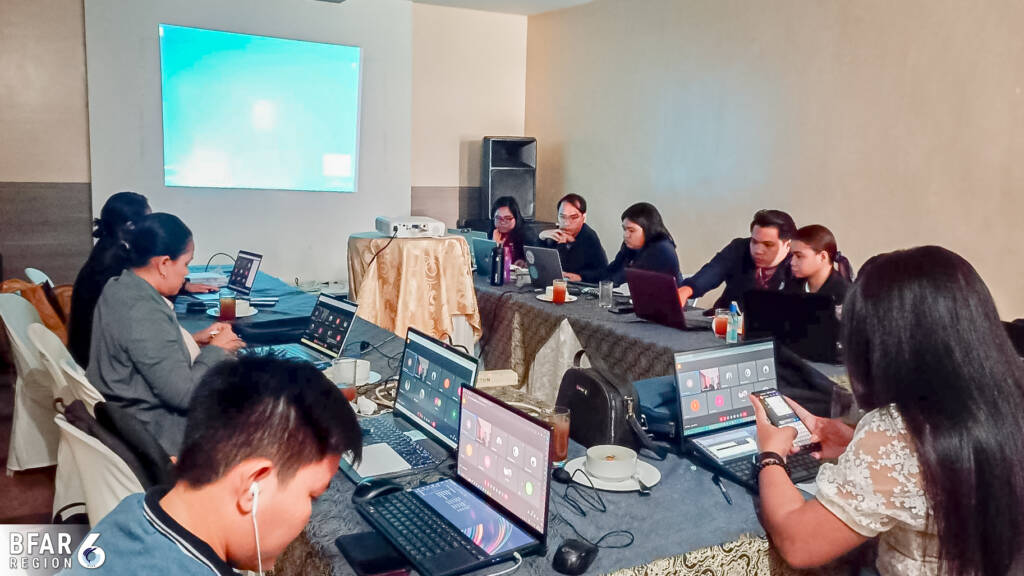
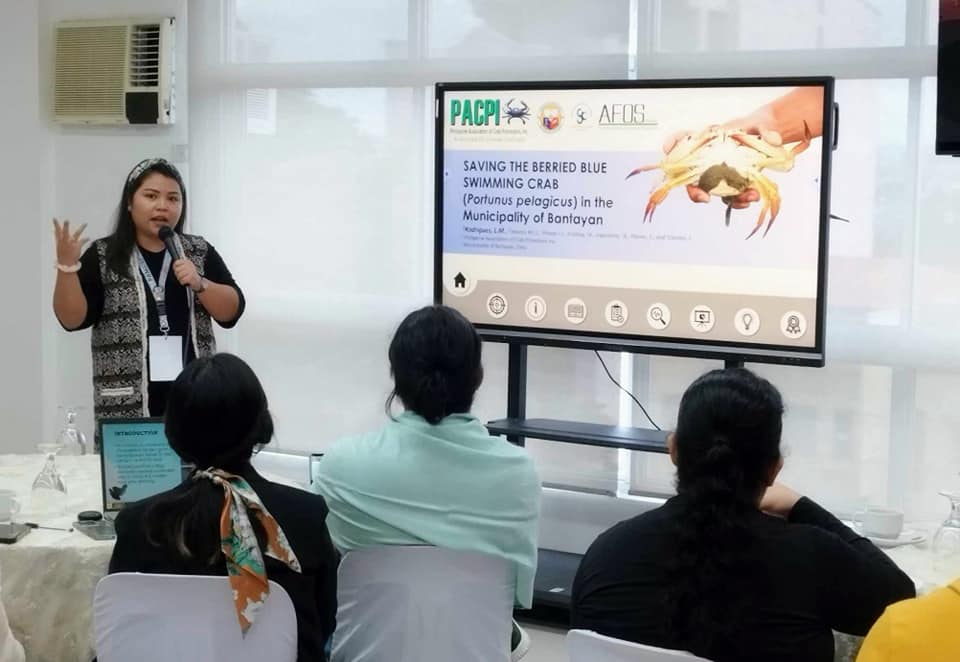
Ensure that there is an institutional and operational framework for implementing Principles.
To fulfill its commitment to sustainability, the Philippine Association of Crab Processors, Inc. (PACPI) must establish a structured institutional framework. This includes formulating policies, guidelines, and roles dedicated to sustainable crab processing.
Sex and Gonadal Maturity Determination
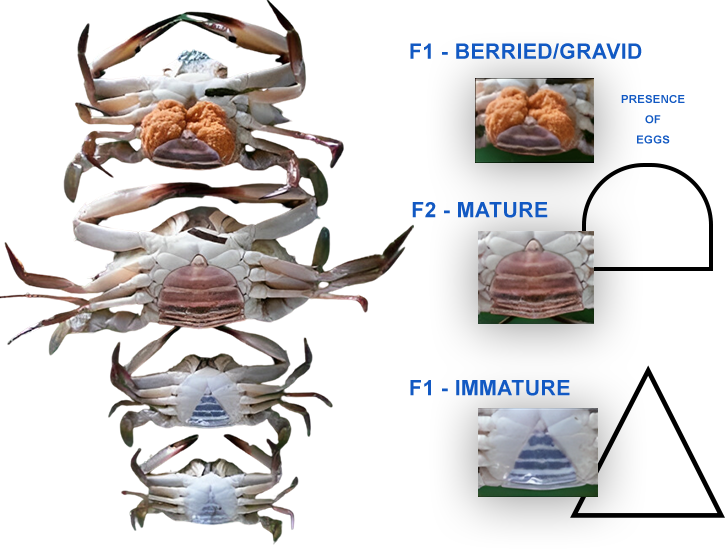
Female
Female crabs can be distinguished by their own unique features. Unlike males, female crabs have smaller and less exaggerated claws. These claws serve a similar purpose of capturing and handling prey, but they are not used for attracting mates or fighting rivals. In contrast to male crabs, female crabs possess a broader and rounder abdomen. This rounded shape is necessary to accommodate the development and growth of eggs during the reproductive process. Another distinguishing characteristic of female crabs is their more subdued coloration. Unlike males, females often have muted hues on their shells, which help them blend in with their surroundings and provide better protection while nurturing their eggs.
Male
Male crabs can be identified by certain physical characteristics. Firstly, male crabs tend to have larger and more elongated claws compared to female crabs. These claws, known as chelae, are used by male crabs to attract and compete for mates. Additionally, male crabs typically have a narrow and triangular-shaped abdomen, which is used to transfer sperm to the female during reproduction. In terms of coloration, male crabs often display brighter and more vibrant hues, especially on their claws and legs. This is thought to aid in their courtship displays and territorial behaviors

